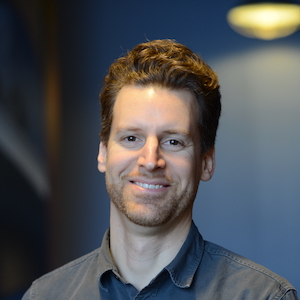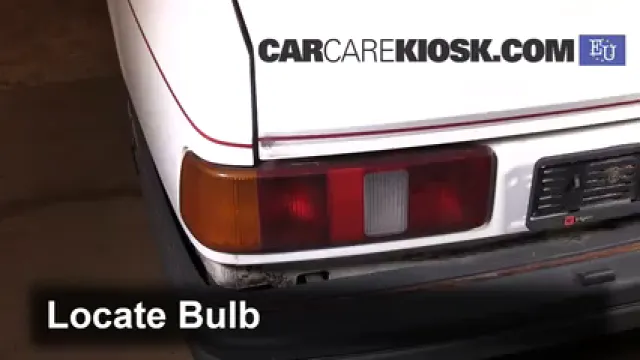Consumer Review Video - 1989 Ford Sierra 2.3D GL 2.3L 4 Cyl. Diesel
Common problems and easy repairs on a 1989 Sierra
The 1989 Ford Sierra 2.3D GL s a moderately easy vehicle to maintain and shouldn’t be too hard for those experienced in vehicle maintenance. Changing the headlight bulb with reliability is no problem, as you only have to reach behind the housing for access to the bulb. The engine coolant reservoir is easily visible in the engine bay. This will make it easy to check and replenish the fluid level on a regular basis. The tail light bulb assembly is easy to reach and remove in the rear of the vehicle. You won’t need any tools to take the assembly out of the vehicle.
Some things are problematic on the 1989 Ford Sierra 2.3D GL. Changing the engine air filter can be tough, as you will have to remove bolts to reach the filter. Other models don’t require tools. The jack can be tough to remove, as you will have to remove bolts to reach the filter. You will have to remove these bolts as you work in a cramped area. You will have to take the entire front turn signal bulb out of the vehicle for access to the bulb. This will require you to disengage a fastener first.
Author
Hans Angermeier has produced over 100,000 videos showing drivers how to fix things on their cars. He has broad expertise on basic repair procedures covering the majority of cars on the road.












